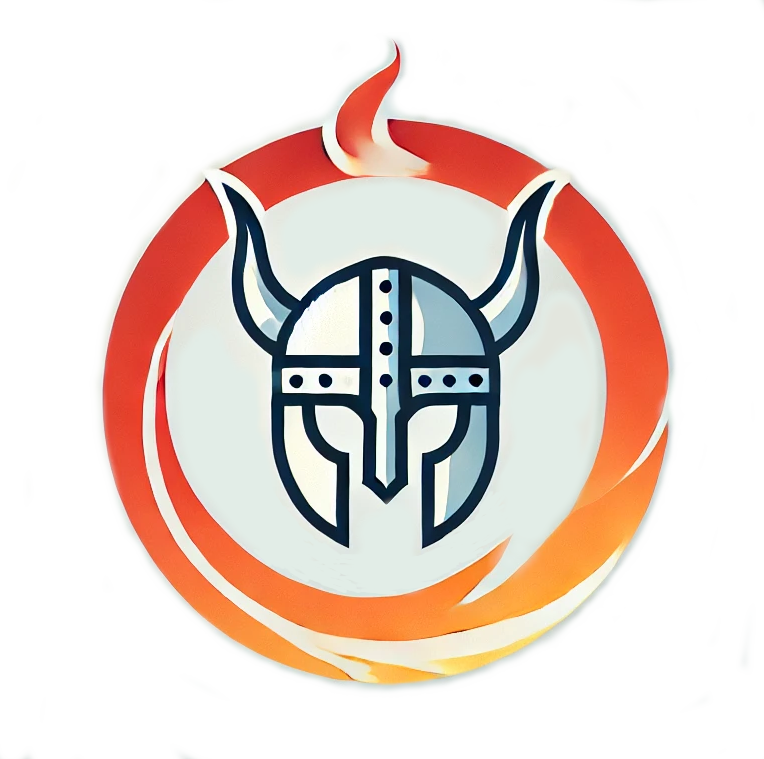Blockchain: Beyond the Digital Frontier

Promise of Blockchain
Imagine a world where verifying your identity is as simple as sending an email, or where real estate transactions are finalized in minutes without the need for intermediaries. This is the promise of blockchain technology. Originating with Bitcoin—an open-source innovation gifted to the world—blockchain has evolved beyond cryptocurrency to power economic innovation in finance, real estate, digital art, and digital identity. These advancements address real-world issues such as fiat currency debasement, inefficiencies in the financial system, and identity verification in regulated transactions.
However, despite its penetration into initial sectors, blockchain adoption in areas like energy trading, healthcare, and voting systems lags behind due to its complexity and regulatory challenges. Understanding these barriers is crucial as we explore blockchain's potential and seek to increase adoption.
Adoption Challenges
Understanding the regulatory landscape is crucial as new sectors enter the blockchain space. The oversight from global regulators, especially the Securities and Exchange Commission (SEC) in the United States, places a spotlight on the industry. For developers, investors, entrepreneurs, and new users, navigating this uncertain terrain is essential not only for ensuring compliance but also for harnessing blockchain’s full potential to transform economies and improve societal well-being.
The technology faces several adoption challenges categorized into two main areas: technological concerns and usability issues. Pseudoanonymity, which refers to the state of being partially anonymous, enhances privacy but conflicts with regulations aimed at preventing money laundering. Data privacy, aside from pseudoanonymity, is absent on the first public blockchains, yet it is an essential requirement for applications requiring stringent authentication and secure data sharing. Although newer blockchain technologies promise to solve the enhanced security and transaction throughput needs, integration challenges among various technologies create confusion for would-be technology architects.
On the usability front, the next wave of blockchain adoption will demand user experiences comparable to those in current web applications. The transition from a Web 2.0 world, dominated by centralized cloud applications, to a Web 3.0 paradigm, where decentralized, composable web applications utilize the best blockchain components regardless of the underlying technology, requires creating curated ecosystems that cater to user preferences.
The challenge lies in attracting these users with intuitive interfaces that promote decentralized ownership, contribution, and participation in ecosystem governance, moving beyond the complex underpinnings of blockchain technology that most users may find too daunting to understand.
Furthermore, navigating the regulatory landscape remains crucial for blockchain ecosystems. Compliance is not only about following the law but is also key to adoption for real business activity. The governing structures of these projects need to be robust, aligning with decentralized ownership while respecting established regulations.
Cooperative Compliance
Despite varying opinions within the crypto community regarding the SEC's regulatory approach targeting decentralized systems, one point merits attention as new projects emerge to support a decentralized network: the decision on a legal structure . The original vision of a decentralized organization focused only on the technical aspects of managing an organization with blockchain processes. It is becoming clear that the vision of a DAO as a digital only construct has limitations for ensuring real world compliance and operations.
While foundations have a place in managing the development of public blockchain infrastructures, a cooperative model offers a unique solution for profit focused economies, blending blockchain's decentralized nature with a robust and time tested legal framework to form an entity tailored to a distinct economic network. This hybrid approach of a digital cooperative fosters innovation while ensuring a framework for compliance and sustainability by merging real world concerns with efficient blockchain processes. In addition, the cooperative structure clearly delineates active contributors from passive investors in its design and is consistent with the philosophy of economic freedom championed by blockchain proponents.
SagaHalla™ seeks to develop a next generation digital cooperative framework evolved from existing DAOs tooling, to merge the efficiency of blockchain governance with the necessary legal and compliance structures to drive the next phase of multi-chain blockchain application adoption which has the potential to distribute value more evenly in a shared free market economy.
As we stand on the brink of a blockchain-powered future, it is imperative to navigate these challenges thoughtfully. By embracing cooperative models and advancing regulatory clarity, we can unlock blockchain's full potential to revolutionize our world.
References
- Nakamoto, S. (2008). "Bitcoin: A Peer-to-Peer Electronic Cash System." Bitcoin White Paper.
- Catalini, C., & Gans, J. S. (2016). "Some Simple Economics of the Blockchain." NBER Working Paper No. 22952. NBER.
- Allen, C. (2016). "The Path to Self-Sovereign Identity." Blockchain Commons.
- Gensler, G. (2021). "Testimony Before the U.S. House Committee on Financial Services." SEC.
- Zheng, Z., Xie, S., Dai, H., Chen, X., & Wang, H. (2018). "Blockchain challenges and opportunities: a survey." [ScienceDirect](technological concerns and usability issues](https://sci-hub.se/10.1504/IJWGS.2018.095647).
- Rosic, A. (2016). "What is Web 3.0? The Future of the Internet." Cointelegraph.
- Buterin, V. (2014). "A Next-Generation Smart Contract and Decentralized Application Platform." Ethereum White Paper.
- Wright, A., & De Filippi, P. (2015). "Decentralized Autonomous Organizations: Governance and Legal Implications." SSRN.






Member discussion